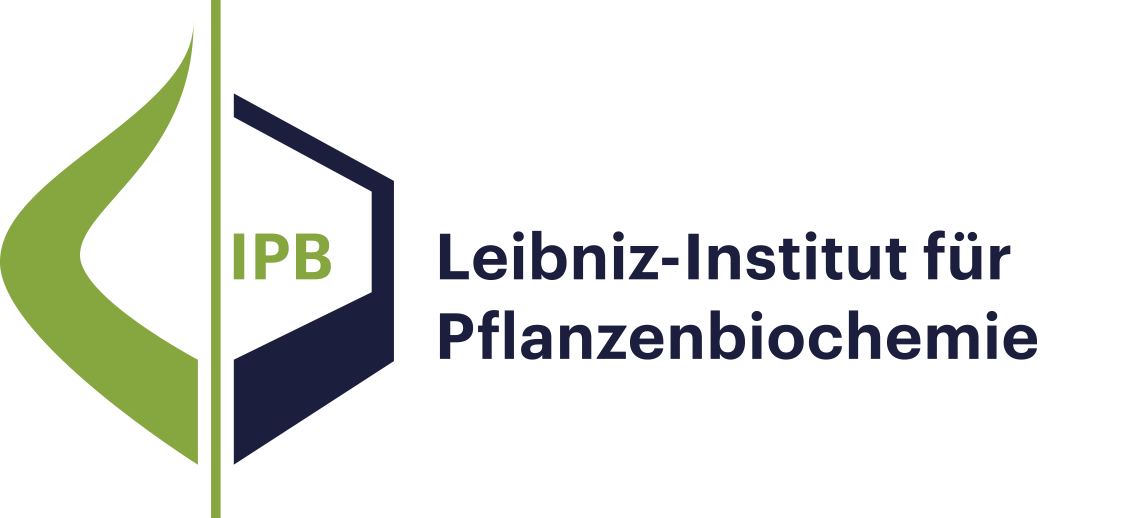Publikationen Program Center MetaCom
- Results as:
- Print view
- Endnote (RIS)
- BibTeX
- Table: CSV | HTML
Publications
Diese Seite wurde zuletzt am 03 Sep 2024 geändert.
Research Mission and Profile
Molecular Signal Processing
Bioorganic Chemistry
Biochemistry of Plant Interactions
Cell and Metabolic Biology
Independent Junior Research Groups
Program Center MetaCom
Publications
Good Scientific Practice
Research Funding
Networks and Collaborative Projects
Symposia and Colloquia
Alumni Research Groups
Publikationen
Publikationen Program Center MetaCom
Publications
Ru(II)‐arene compounds are being investigated as anticancer agents due to the biocompatibility of ruthenium and their structural diversity. Two newly synthesized Ru(II) complexes, [RuCl(η6‐p‐cymene)(3‐DNPH)] (chlorido(η6‐p‐cymene)(3‐nitrophenylhydrazine‐k2N,N′)ruthenium(II)) (1) and [RuCl(η6‐p‐cymene)(3‐CNPH)] (chlorido(3‐chlorophenylhydrazine‐k2N,N′)(η6‐p‐cymene)ruthenium(II)) (2), are experimentally (IR, NMR) and theoretically (B3LYP/6‐31+G(d,p)(H,C,N,Cl)/LanL2DZ(Ru)) characterized. Experimental and theoretical values of 1H and 13C chemical shifts and position of the most intense vibrational bands showed high correlation coefficients and low mean absolute errors, proving the predicted structure and applicability of the selected level of theory. Cell viability studies performed on MDA‐MB‐468, BT‐474, and PC3 cells using MTT and CV assay indicated the activity of the second complex similar to the activity of cisplatin towards BT‐474 breast cancer cells. The spectrofluorimetric measurements of Bovine Serum Albumin showed the binding process‘s spontaneity of complexes and protein, with a binding energy of around −30 kJ mol−1. Detailed molecular docking analysis allowed the elucidation of the binding mechanism through specific intermolecular interactions. Both compounds showed a higher affinity towards BSA than naproxen and cisplatin. Molecular docking simulations proved the spontaneity of the complexes binding to DNA. Based on these promising results, further biological examinations of these compounds are advised.Graphical Abstract The cytotoxicity, protein binding affinity, interactions with DNA, spectral and structural features of two new Ru(II) compounds, [RuCl(η6-p-cymene)(3-DNPH)] chlorido(η6-p-cymene)(3-nitrophenylhydrazine-k2N,N′)ruthenium(II) and [RuCl(η6-p-cymene)(3-CNPH)] chlorido(3-chlorophenylhydrazine-k2N,N′)(η6-p-cymene)ruthenium(II), are examined experimentally and theoretically.
Diese Seite wurde zuletzt am 03 Sep 2024 geändert.

